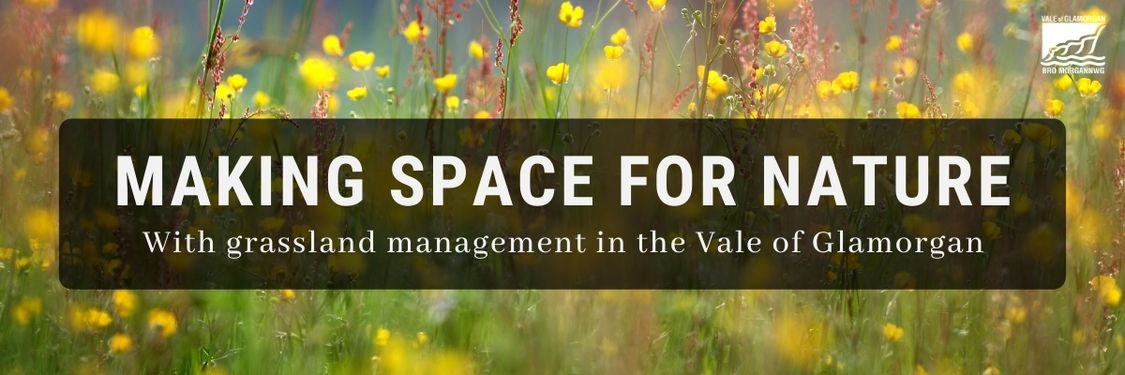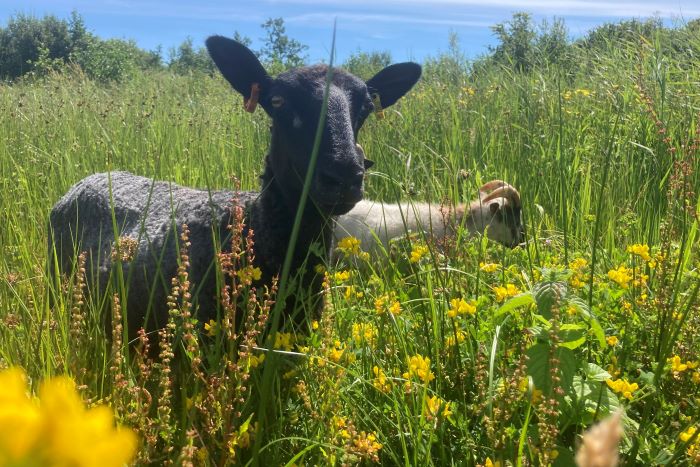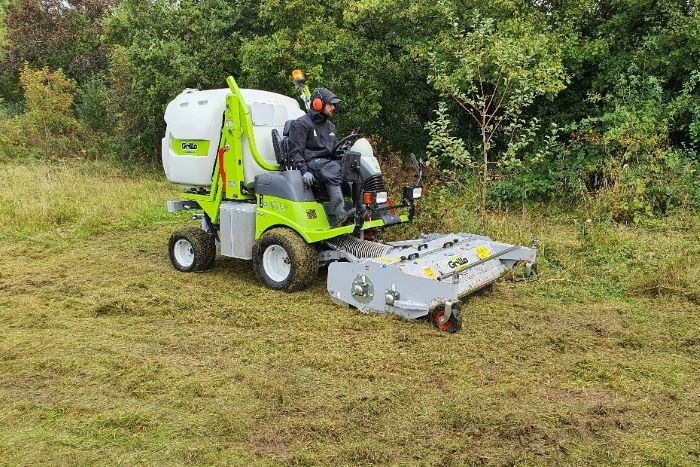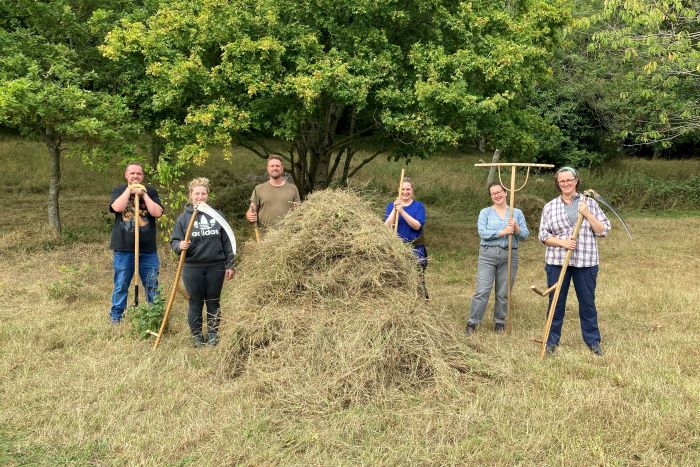
About grassland ecosystems
What are grassland ecosystems?
No two meadows are the same, but wildflower meadows are always low nutrient habitats. They thrive on soils low in nitrates, phosphorus and potassium, and the plants that live there have evolved to flourish in these low nutrient conditions.
Nutrient-rich soils tend to favour coarser species of plant which can smother out some of our less competitive wildflowers resulting in decreased biodiversity.
Species-rich grassland habitats are semi-natural, this means they require ongoing management by humans and/or herbivores to arrest the natural process of vegetation succession.
Management by mowing, grazing and taking a hay cut is essential to the maintenance of structure, balance and diversity in grassland.
Without management, the grassland becomes coarse and rank (nutrient-enriched), losing both its diversity and interest, and will eventually turn into scrub or woodland.
The management approach taken varies depending on location, soil and species present:

Conservation Grazing

Machinery
 Scything
Scything
In the Vale, we have a number of different grassland habitats, including calcareous, neutral, acid and marshy grassland.
In order to ensure that a wildflower grassland has high species diversity, the arisings (cut material) need to be removed following cutting to ensure the nutrients do not re-enter the soil and the grassland needs to be left to flower for the entire flowering season until its seeds have dropped.
Once the flowering season is complete, the grassland will be cut and collected using specialist machinery and will be kept low over the winter to prevent a build-up of dead grass and nutrients in the soil. A low sward height is also beneficial for grassland fungi.
The arisings can be piled into small compost heaps offering a refuge and feeding area for other species such as beetles, hedgehogs, grass-snakes, slow-worms, small mammals, bats and birds.
Alternatively, it can be baled as hay for farmers or as green hay to create new meadows elsewhere in the Vale.
Over the winter, some areas will be left uncut to provide overwintering sites for invertebrates, birds, amphibians and mammals such as hedgehogs.
Contact us
For any questions please contact: